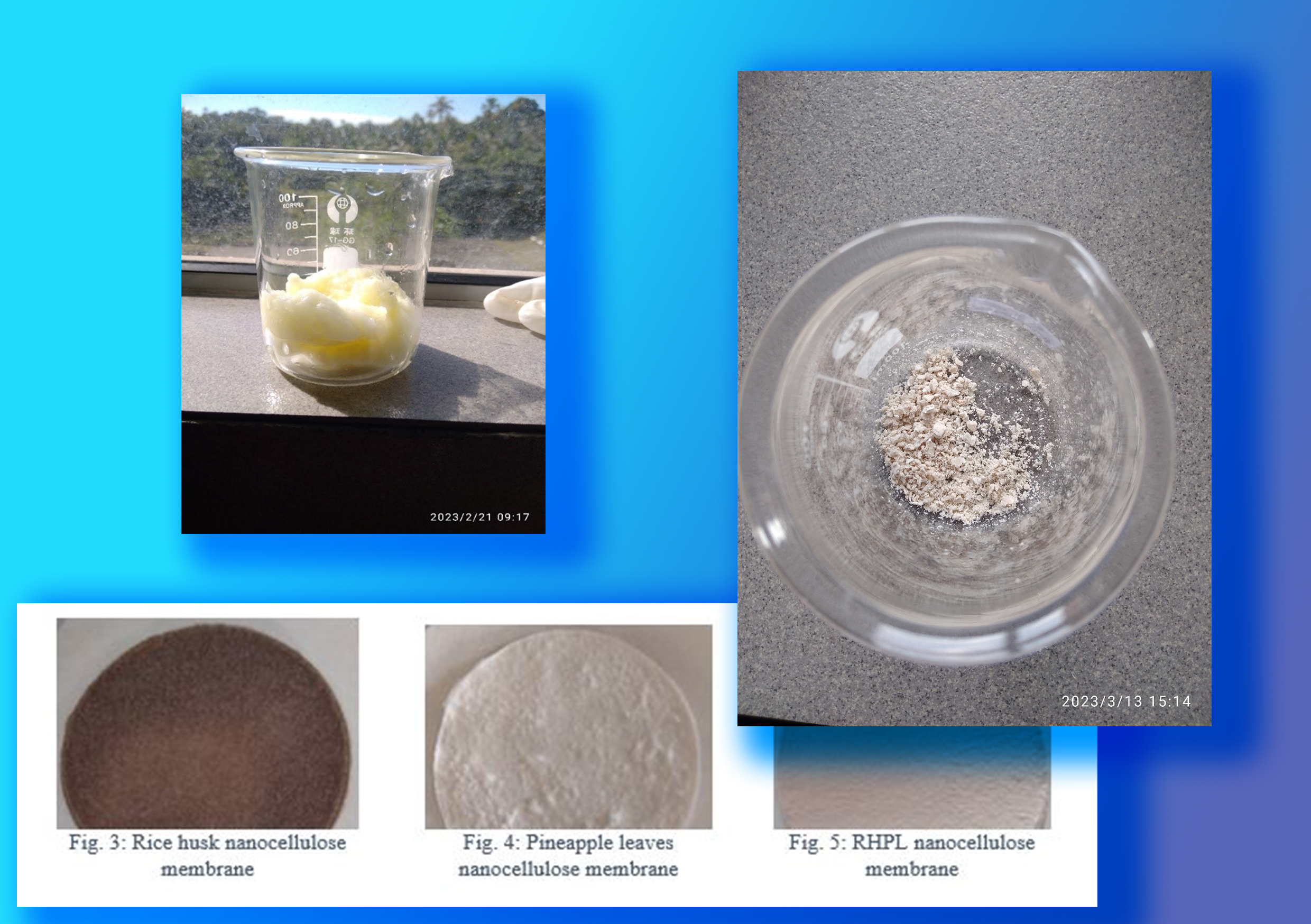Production of Low-cost Nanocellulose Bio Adsorbent for Water Purification
##plugins.themes.academic_pro.article.main##
Abstract
The present study presents a comprehensive investigation on the production of low-cost nanocellulose bio adsorbents for water purification. Nanocellulose samples were prepared from rice husk, pineapple leaves, and a composite of both materials. The effectiveness of these samples in removing Remazol Brilliant Blue (RBB) dye, a common water contaminant, was evaluated by studying the impact of contact time, adsorbent dosage, and pH value. The results demonstrated that the nanocellulose bio adsorbents possessed significant adsorption capacity for RBB, highlighting their potential for water purification applications. The nanocellulose bio adsorbent derived from using rice husk shown 57% removal efficiency and the nanocellulose derived from pineapple leaves shown 44% removal efficiency. The composite sample exhibited superior performance compared to the individual samples and it showed 62% removal efficiency, indicating a synergistic effect between rice husk and pineapple leaves. Reusability studies were performed in various runs, and it was confirmed that the nanocellulose bio adsorbents could be effectively recovered using the solvent NaOH and reused up to three runs to RBB in aqueous solutions with a considerable reduction in adsorption efficiency. This study demonstrates the promising capabilities of low-cost nanocellulose bio adsorbents derived from rice husk and pineapple leaves, both individually and in combination, as effective and sustainable alternatives for water purification.

